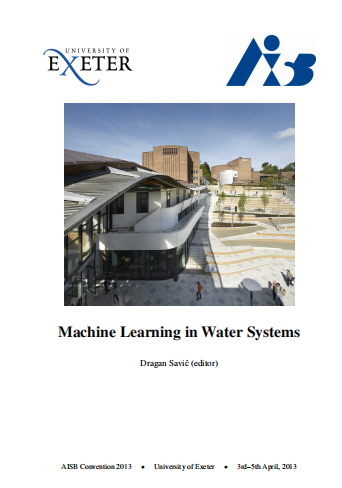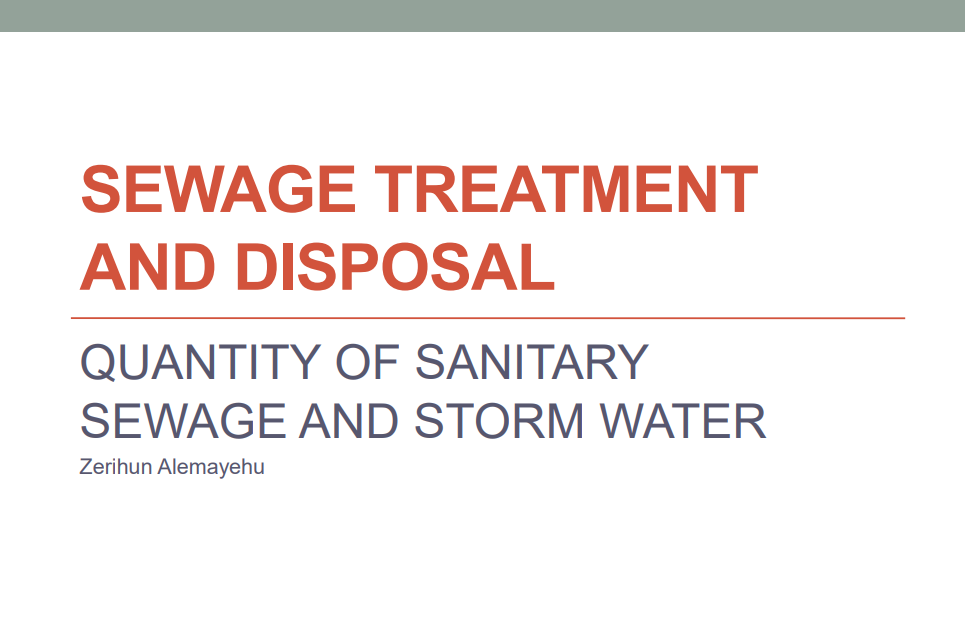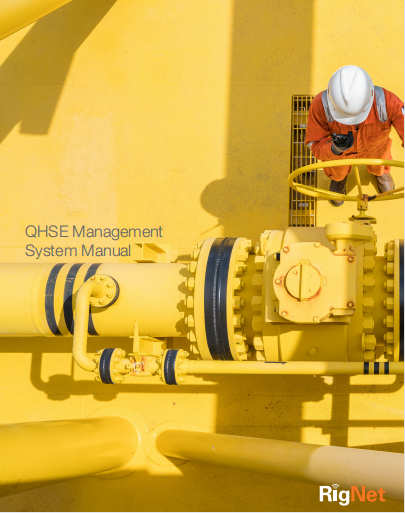Machine Learning In Water Systems
PREFACE
The emergence of water, alongside energy and food, as one of the three major, interlinked, global environmental security issues provides abundant challenges and opportunities for the application of Machine Learning to such problems as optimization of water distribution and
drainage networks’ design and operation, modelling and prediction of fluvial, pluvial, urban and coastal flooding, sediment transport and water quality issues. Advances in GIS, remote sensing and weather forecasting techniques mean that environmental data is becoming
increasingly abundant at the same time as demands for solutions and tools to work on these problems become more urgent. Numerical models have been applied widely to improve the understanding and operational management of natural and manmade water systems. Traditionally, so-called “physicallybased” models have been applied for such purposes. However, such models are often computationally demanding, and frequently require significant data to constrain model structures and parameters. Data-Driven Models (DDMs) based on Machine Learning
techniques – which seek to provide a mapping between the inputs and outputs of a given system, with little prior process knowledge – have emerged as an attractive option for prediction and classification in water systems. The principal benefit of such DDMs is their fast execution time, which allows many more model evaluations for a fixed computational budget. Such models have been applied widely to address a variety of problems within water systems modelling, including: system simulation (e.g. rainfall-runoff modelling/rating curve prediction) when trained on measured data, and also when employed as metamodels and trained to emulate models with a stronger physical (or process) basis; to improve the speed of the optimization procedure by acting as a surrogate model to the full fitness evaluation; to correct systematic errors in physically-based models during real-time forecasting; to provide uncertainty bound predictions during model forecasting when trained on uncertainty bounds derived from offline calibration; and in classification (for example of predicted severity of a hazard or exceedances of regulatory limits). Despite their potential benefit, successful application of machine learning techniques is not straightforward. A variety of machine learning techniques, optimization methods and evaluation procedures have been applied in the research literature. It is not always clear which methods will perform best in different settings, and how choices made will influence performance. As an example, different machine learning techniques might perform best depending on how their performance is evaluated within a given operational setting.
Furthermore, although such methods are technically “black-box” models, system understanding may be required to choose the best input variables, and tailor the approach to the operational setting in question. With a view towards sharing the interdisciplinary knowledge required to make appropriate methodological decisions, papers are invited that explore issues of model design and application, and in particular, papers that compare different approaches for machine learning application.
Only logged in customers who have purchased this product may leave a review.















Reviews
There are no reviews yet.